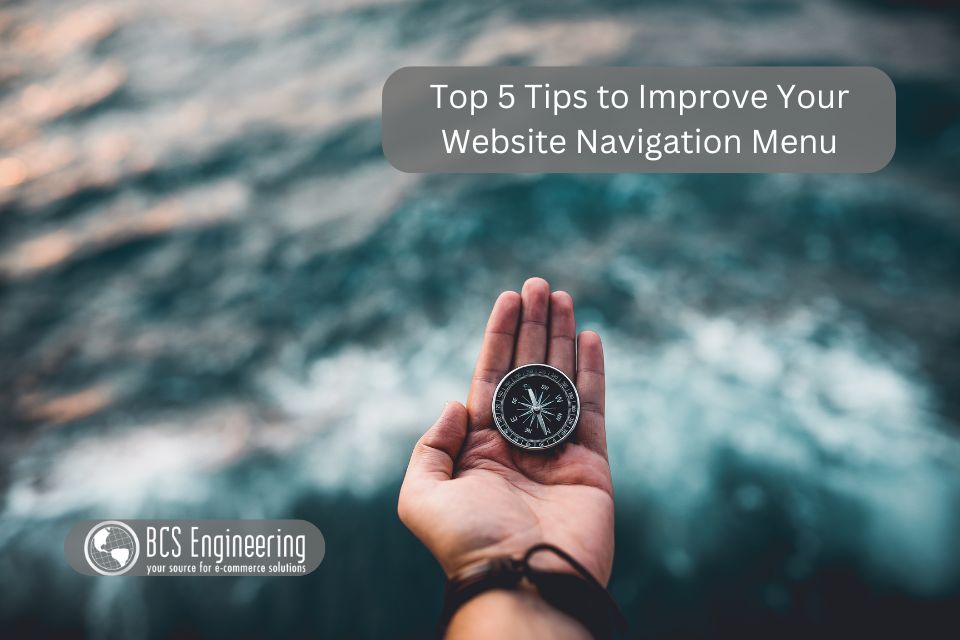When users visit your website, your navigation menu serves as a map, guiding them to the information they need. A poorly designed menu can leave visitors feeling lost and frustrated, while a well-thought-out navigation system keeps them engaged and on the path to conversion.

Here are the top five things you can do to make your website navigation menu better:
1. Keep It Simple and Intuitive
Your navigation menu should make sense at a glance. Use clear, concise labels that align with what your audience is searching for. Avoid jargon or overly creative phrasing—users don’t want to guess what “Enlighten Yourself” means when they’re looking for a blog or services.
Pro Tip: Limit your main menu to 5–7 items. Too many options can overwhelm visitors and make it harder for them to decide where to click.
2. Prioritize Mobile-Friendliness
With over half of web traffic coming from mobile devices, a navigation menu that doesn’t work well on smaller screens can cost you potential customers. Use a responsive design that adapts seamlessly to mobile devices.
- Consider collapsible menus or “hamburger” icons to save space.
- Ensure that links are easy to click without accidentally tapping the wrong one.
Pro Tip: Test your menu on multiple devices and screen sizes to ensure a smooth user experience.
3. Highlight Key Actions
Not all menu items are created equal. Emphasize key actions, such as “Shop Now,” “Get Started,” or “Book a Call,” by using visual cues like bold text, contrasting colors, or a dedicated button style.
Pro Tip: Place your most important links on the far-left or far-right side of the menu—they’re the spots users naturally look at first.
4. Use Drop-Down Menus Sparingly
While drop-down menus can help organize complex websites, they can also frustrate users if overused. Keep them minimal and only use them to group related pages under a single menu item.
Pro Tip: Ensure that drop-down menus are easy to navigate on both desktop and mobile. Avoid making users hover too long or click multiple times to reach their desired page.
5. Incorporate a Search Bar
Sometimes, users prefer to skip the navigation menu entirely and search directly for what they need. Adding a prominently placed search bar can enhance your website’s usability and ensure that visitors can quickly find what they’re looking for.
Pro Tip: Place your search bar near the top-right corner of your website, as it’s where users naturally expect it to be.
Want to learn more?
Want to improve your website navigation or need help optimizing your overall website structure? Listen to our latest eCommerce Made Easy podcast where Carrie dives deeper into the dos and don’ts of website navigation!
